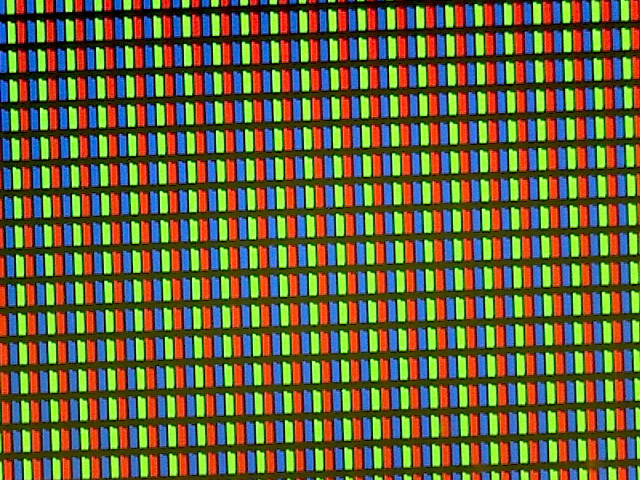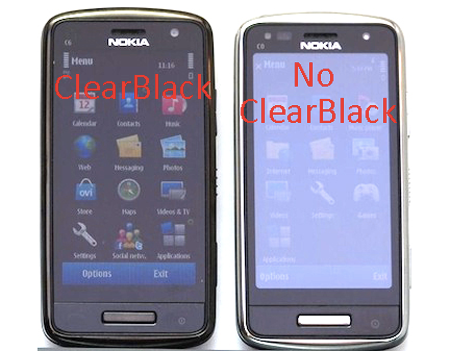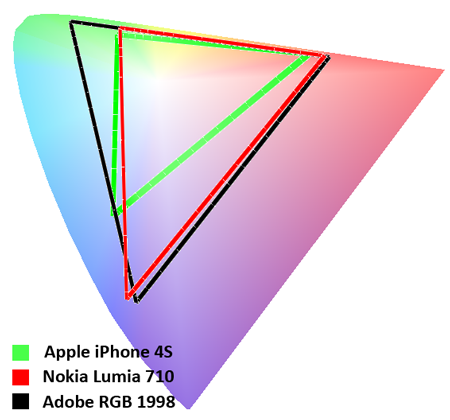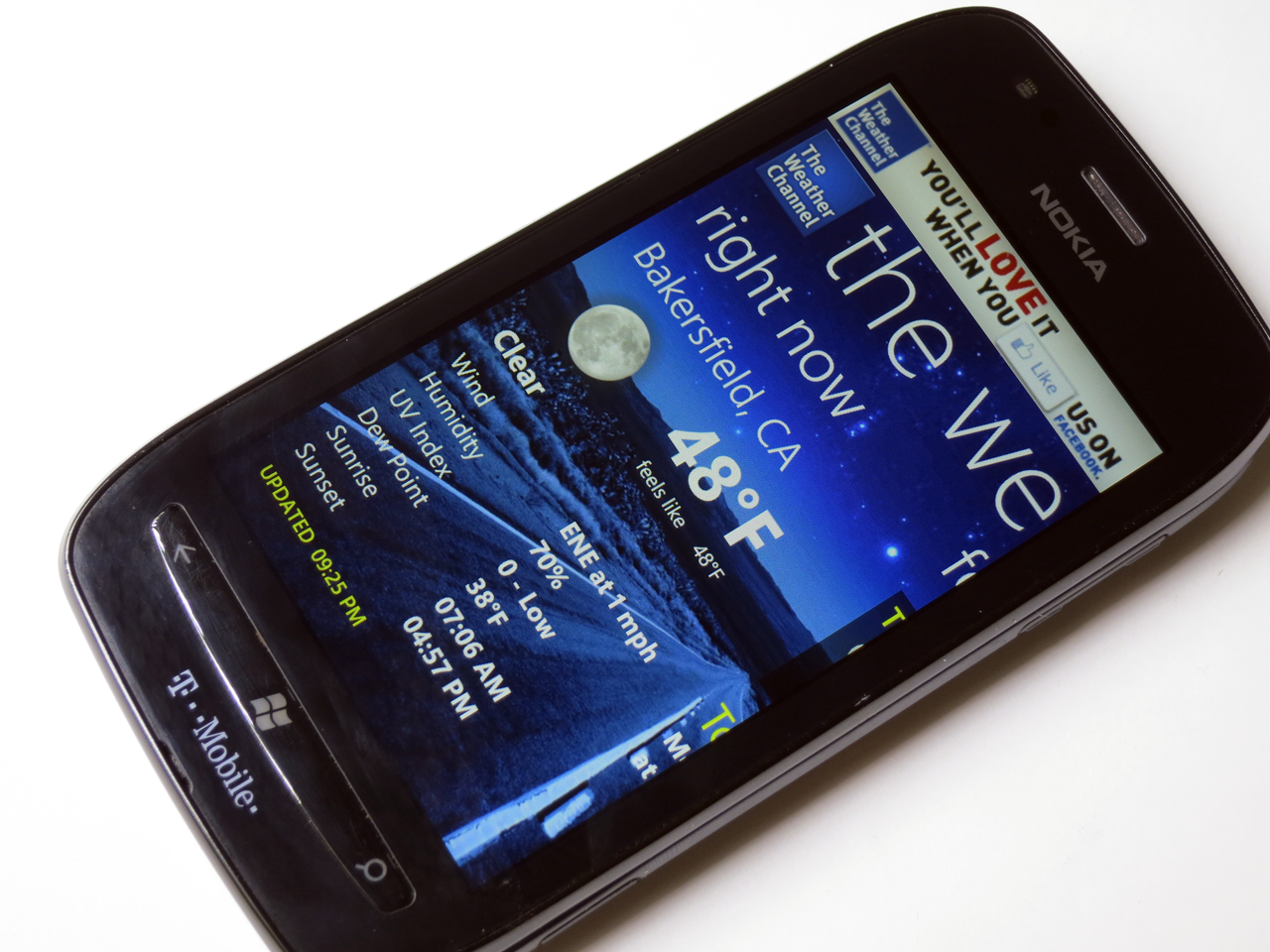Nokia Lumia 710 Review: Windows Phone 7 On A Budget
LCD Analysis: Sharp, Just Not In Full Sunlight
Particularly in the mobile space, display analysis often gets neglected. That's actually a bummer because we're of the opinion that part of a solid hardware design includes a great screen.
If you remember back to our analysis of the Apple iPhone 4/4S' Retina Display, then you know we like starting our deep-dive with a look under the microscope. Such a low-level peek often turns up interesting information you wouldn't otherwise get.
Up close, the subpixels come into view. The structure suggests that Nokia's Lumia 710 employs an IPS display from LG, a suspicion that OLED-Display.net shares. In any case, the number of LCD manufacturers remains small. More than likely, your smartphone has a screen from either Samsung or LG.
This display is specifically branded as featuring ClearBlack, which is Nokia's marketing term to indicate it's using a polarizer. Basically, the company places a filtering layer between the display and capacitive touch sensor. The result is less reflections, allowing you to see the screen more clearly without having to tilt it when you're outside on a sunny day. Read more about ClearBlack from Nokia's blog post.
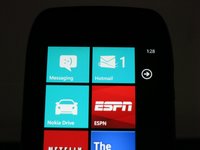
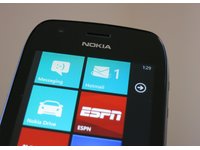
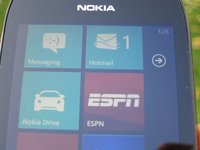
In practice, the polarizer does what it's supposed to (look at the far-right picture). However, the display's richness is significantly reduced when the ambient light is too bright.
This benchmark surprised us enough that we had to run it several times. Yes, the Lumia 710 sports a more aesthetically-pleasing color palette than the iPhone 4S. But the difference isn't noticeable unless you're watching a scene rich in deep blues.
As you can see in the table below, the iPhone 4S serves up better brightness and contrast results, though we're interested to see how it sizes up to the AMOLED display in Nokia's higher-end Lumia 800.
Get Tom's Hardware's best news and in-depth reviews, straight to your inbox.
To be fair, the iPhone 4/4S delivers unbelievable detail by design. According to Apple, the screen is marketed as a "Retina Display” because the company suggests that anyone with 20/20 vision can discern a maximum of 300 pixels per inch 12 inches from their eye.
Phil Plait, an astronomer whose career includes calibrating the camera on the Hubble Space Telescope, wrote up a great article on human perception and stated that "...normal vision can see at 1/0.0035 = 286 ppi...If you have perfect eyesight, then at one foot away the iPhone 4′s pixels are resolved. The picture will look pixellated. If you have average eyesight, the picture will look just fine." In that context, the Lumia 710's 252 pixels per inch fall a little short. You'd have to have near-perfect eyesight to see the difference in detail from a foot away, though.
| Header Cell - Column 0 | iPhone 4S | Lumia 710 |
|---|---|---|
| Gamut of Adobe RGB 1998 | 46.2% | 61% |
| Gamma | 2.06 | 2.2 |
| Max. Brightness (nits) | 565.8 | 485.8 |
| Color Temperature | 8000 K | 6600 K |
| Resolution | 640x960 | 480x800 |
| Display Dimensions | 2.91" x 1.94" | 3.18" x 1.91" |
| Pixels per inch | 326 | 252 |
| Subpixels per inch | 571 | 435 |
| Contrast | 1224.9 | 971.6 |
Current page: LCD Analysis: Sharp, Just Not In Full Sunlight
Prev Page Special Features: Nokia Drive, ESPN, TeleNav GPS, And T-Mobile TV Next Page Camera Quality: Autofocus Makes Things Better-
DjEaZy ... M$ owns skype and partially nokia... but there is no frontfacing camera to do videocalls?Reply -
joytech22 DjEaZy... M$ owns skype and partially nokia... but there is no frontfacing camera to do videocalls?Reply
Not quite sure how many people even use the feature.
Out of everybody you see when you go out, count the amount of people video calling compared to making a regular call. -
alikum DjEaZy... M$ owns skype and partially nokia... but there is no frontfacing camera to do videocalls?Not for the first Lumia line. They were on tight schedule. Other WP phones have it, check out HTC Titan and Radar.Reply -
zybch DjEaZy... M$ owns skype and partially nokia... but there is no frontfacing camera to do videocalls?MS hasn't had time to do much with skype yet, the sale hasn't been long approved despite being announced a long time ago).Reply
The mid-year WP7 update, Tango, will reportedly add skype functionality.
As for actually using skype, I have had android phones and tablets with it but I have never bothered to use it. My HTC Titan has a nice front facing camera, but I'd have rather they took it out and cut the cost by $20 for all the use its going to get. -
ksampanna "We asked the Tom's Hardware audience for some of their favorites on Facebook and received a pretty tepid response"Reply
that was the problem ... -
feeddagoat I was very impressed with the Lumia 800. Nice screeen, different from everythign else (Yes same as N9 but it was very nicely made and a phone you could get in cyan without looking like a complete tool) Only thing put me off it was lack of HDMI out, frontfacing camera and better apps selection on android. My last phone was a blackberry and it had 2 key things android doesn'tReply
1. Universal mail box
2. Browser doesn't close if I switch apps
My question is simple, how well does the Lumia 710 handle switching between tasks? Does it manage it as well as blackberry and is the mail box universal?
Personally frontfacing cam, and HDMI out and that phones a winner for me. Add a keyboard and I'll worship it lol. -
theuniquegamer I have been using it for last 2 months and i am satisfied with the performance. This is the best wp7 (mango) bang for buck.Reply -
southernshark joytech22Not quite sure how many people even use the feature.Out of everybody you see when you go out, count the amount of people video calling compared to making a regular call.Reply
Depends on where you are at buddy boy. If you live in the USA, then you are probably right (although I have skyped to an Ipod in the US). But move yourself outside of the country, where 95 percent of the worlds population lives. Now you want to call someone from country to country... on a cell phone... its expensive. Or I can go to a free Wifi spot and use Skype absolutely free.
I know its cool to think that every product on earth will only be used in middle class America, but that may not be such a great view point if you are actually in business (even though it is the same viewpoint that caused the USA to fail). -
grillz9909 ReplyWP7-based phones have three non-touchscreen keys: Back, Home, and Search.
Just nit-picking here, but the samsung focus has touchscreen keys for the back, home, and search. Just saying.
